detail profile taketoshi nait c5 8d
Peran Yang Di Mainkan Taketoshi Naitō
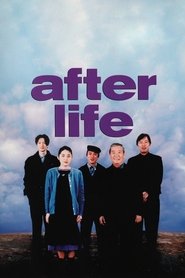 On a cold Monday morning a...
On a cold Monday morning a...After Life 1999
On a cold Monday morning, a group of counselors clock in at an old-fashioned social services office. Their task is to interview the recently deceased, record their personal details, then, over the course of the week, assist them in choosing a single memory to keep for eternity.
 Sakiko a young bank teller has...
Sakiko a young bank teller has...My Secret Cache 1997
Sakiko, a young bank teller, has an unhealthy obsession with money. Thieves hold up the bank, kidnapping Sakiko in the process, but eventually crash their car, resulting in a suitcase stuffed with cash falling into a nearby river. For the remainder of the film, Sakiko begins a desperate quest to retrieve the money.
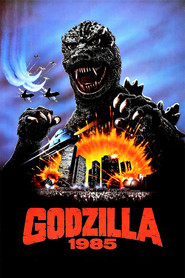 Originally released in Japan as The...
Originally released in Japan as The...Godzilla 1985 1985
Originally released in Japan as "The Return of Godzilla" in 1984, this is the heavily re-edited, re-titled "Godzilla 1985". Adding in new footage of Raymond Burr, this 16th Godzilla film ignores all previous sequels and serves as a direct follow-up to the 1956 "Godzilla King of the Monsters", which also featured scenes with Burr edited into 1954's "Godzilla". This film restores the darker tone of the original, as we witness the nuclear destruction of giant lizard terrorizing Japan.
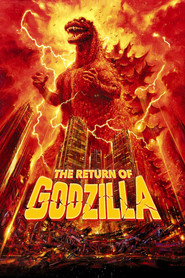 After a fishing boat is attacked...
After a fishing boat is attacked...The Return of Godzilla 1984
After a fishing boat is attacked, the sole surviving crew member realizes it is none other than a resurrected Godzilla. However, efforts to bring the story to light are suppressed by the Japanese government amid growing political tensions between the United States and the Soviet Union, who are both willing to bomb Japan to stop the monster.
 A car going at 25 mph plunges...
A car going at 25 mph plunges...Suspicion 1982
A car going at 25 mph plunges into the sea at Shinko Harbour, Toyama prefecture. Inside is the local business magnate Fukutaro Shirakawa, who perishes. Riding alongside him and surviving unhurt is his second wife, Kumako. It soon comes to light that Kumako’s husband was insured for 300 million yen and she is arrested on suspicion of murdering her husband for the insurance money. The newspapers denounce her as an evil woman, while the public is in no doubt about Kumako’s crime. Ritsuko Sahara is chosen as her defence attorney but the pair clash over almost everything...
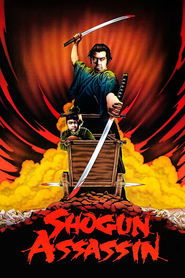 A Shogun who grew paranoid as...
A Shogun who grew paranoid as...Shogun Assassin 1980
A Shogun who grew paranoid as he became senile sent his ninjas to kill his samurai. They failed but did kill the samurai’s wife. The samurai swore to avenge the death of his wife and roams the countryside with his toddler son in search of vengeance.
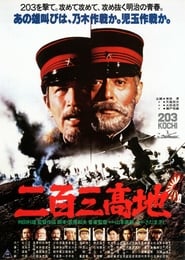 Depicts the bloody siege of the...
Depicts the bloody siege of the...Port Arthur 1980
Depicts the bloody siege of the fortress of Port Arthur, one of the most strongly fortified positions in the world, during the Russo-Japanese War of (1904 - 1905). In the story dominated the character Lt Takeshi Kogyo (Teruhiko Aoi), teachers, and a reserve officer who became commander of the platoon and later company. At the same time monitors the conduct of the army commander general Nogi (Tatsuya Nakadai), which was commissioned of the emperor Matsuhito (Toshirô Mifune) to the conquest of the fort.
 Taking the Chilean coup as an...
Taking the Chilean coup as an...August without Emperor 1978
Taking the Chilean coup as an example, a group of young officers plan to overthrow the Japanese government on V-J Day. They aim to abolish the post-war constitution, restore the national army and revive the traditional spirit of Japan. As the conspiracy is exposed, the coup squadrons are wiped out one by one. The remaining squadron takes over a night train bound for Tokyo.
 Professor Nishiyama after studying and interpreting...
Professor Nishiyama after studying and interpreting...Prophecies of Nostradamus 1974
Professor Nishiyama, after studying and interpreting the prophecies of Nostradamus, realizes that the end of the world is at hand. Unfortunately, nobody listens to him until it is too late. As the effects of mankind's tampering of the earth - radioactive smog clouds, hideously mutated animals, destruction of the ozone layer - rage out of control, the world leaders hurtle blindly toward the final confrontation. The film sparked controversy in Japan and was subsequently pulled out of circulation, with no official video release of the uncut film.
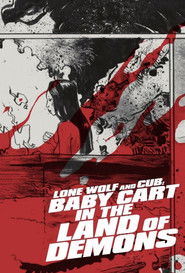 In the fifth film of the...
In the fifth film of the...Lone Wolf and Cub: Baby Cart in the Land of Demons 1973
In the fifth film of the Lone Wolf and Cub series, Ogami Itto is challenged by five warriors, each has one fifth of Ogami's assassin fee and one fifth of the information he needs to complete his assassination.
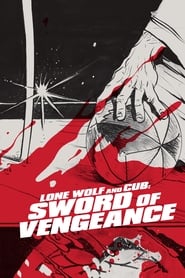 In this first film of the...
In this first film of the...Lone Wolf and Cub: Sword of Vengeance 1972
In this first film of the Lone Wolf and Cub series, adapted from the manga by Kazuo Koike, we are told the story of the Lone Wolf and Cub's origin. Ogami Itto, the official Shogunate executioner, has been framed for disloyalty to the Shogunate by the Yagyu clan, against whom he now is waging a one-man war, along with his infant son, Daigoro.
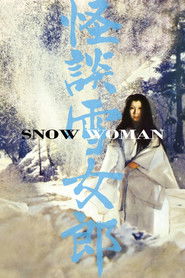 A master sculptor and his apprentice...
A master sculptor and his apprentice...The Snow Woman 1968
A master sculptor and his apprentice are trapped in a bad snow storm after finding a special tree for carving a statue for the local temple. Finding refuge in an abandoned hut they celebrate their luck in finding the tree but soon they are visited by the Snow Witch who freezes the sculptor to death but takes pity on the apprentice. He must promise to never speak of this or she'll return and kill him.
 Kitagawa is an engineer charged with...
Kitagawa is an engineer charged with...The Sands of Kurobe 1968
Kitagawa is an engineer charged with construction of a gigantic tunnel through the Japan Alps for the transportation of equipment in the building of the massive Kurobe Dam. The tunnel crosses an earthquake fault and Kitagawa is beleaguered not only by cave-ins and flooding, but by strife between management and the workers's union. Adding to Kitagawa's stress is the knowledge that as his attention is pulled inexorably toward the tunnel construction, his youngest daughter is dying from leukemia.
 After the Japanese defeat to the...
After the Japanese defeat to the...The Human Condition III: A Soldier's Prayer 1961
After the Japanese defeat to the Russians, Kaji leads the last remaining men through Manchuria. Intent on returning to his dear wife and his old life, Kaji faces great odds in a variety of different harrowing circumstances as he and his fellow men sneak behind enemy lines.
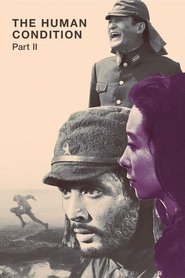 Kaji is sent to the Japanese...
Kaji is sent to the Japanese...The Human Condition II: Road to Eternity 1959
Kaji is sent to the Japanese army labeled Red and is mistreated by the vets. Along his assignment, Kaji witnesses cruelties in the army and revolts against the abusive treatment against the recruit Obara. He also sees his friend Shinjô Ittôhei defecting to the Russian border, and he ends in the front to fight a lost battle against the Russian tanks division.
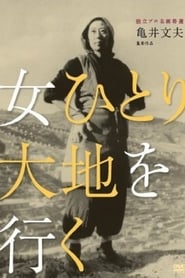 Onna Hitori Daichi wo Yuku A...
Onna Hitori Daichi wo Yuku A...A Lonely Woman in a Lonely Land 1953
Onna Hitori Daichi wo Yuku (A Lonely Woman in a Lonely Land, Kinuta Production, 1953) was the second feature film directed by Kamei Fumio, who is known as a master of documentary films, and followed his “Haha Nareba Onna Nareba(Become a Mother, Become a Woman)” (1952).

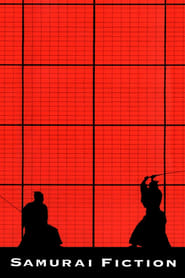 A warriorintraining and his bumbling friends...
A warriorintraining and his bumbling friends...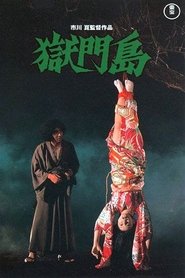 A scruffy detective investigates the murders...
A scruffy detective investigates the murders...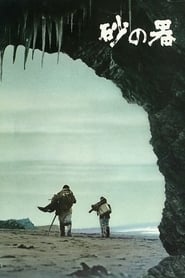 Two detectives are tasked to investigate...
Two detectives are tasked to investigate... In Burma during the closing days...
In Burma during the closing days...